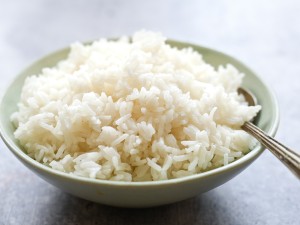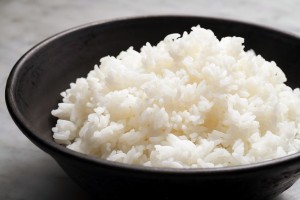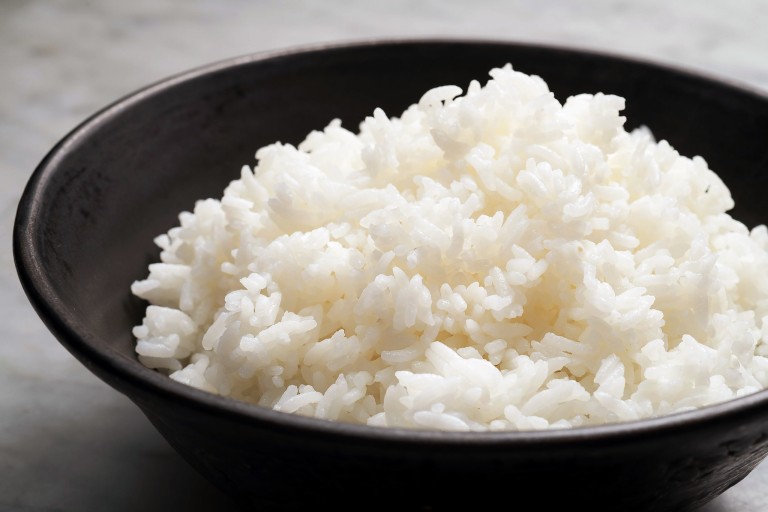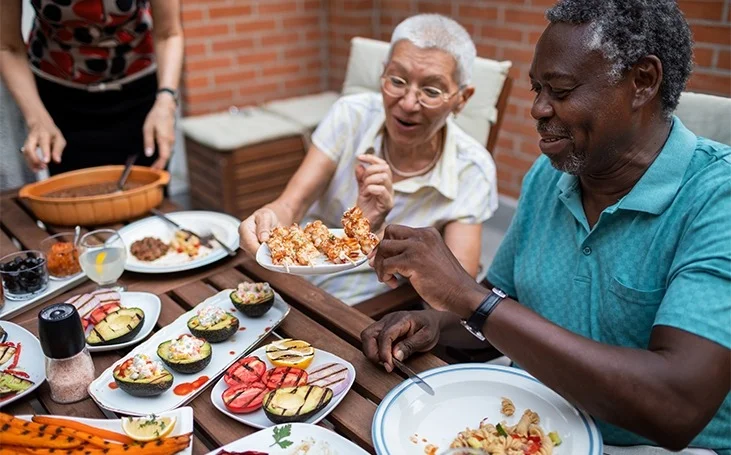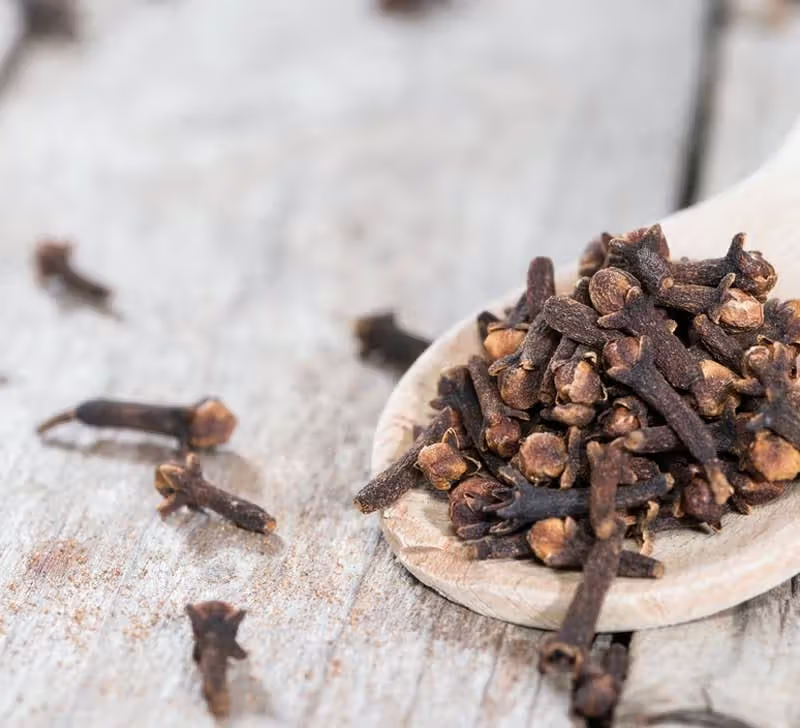9 mn readPrevention and control of Cholera
Key facts
- Cholera is an acute diarrhoeal disease that can kill within hours if left untreated.
- Cholera is a disease of poverty affecting people with inadequate access to safe water and basic sanitation.
- Conflict, unplanned urbanization and climate change all increase the risk of cholera.
- Researchers have estimated that each year there are 1.3 to 4.0 million cases of cholera, and 21 000 to 143 000 deaths worldwide due to cholera (1).
- Most of those infected have no or mild symptoms and can be successfully treated with oral rehydration solution.
- Severe cases need rapid treatment with intravenous fluids and antibiotics.
- Provision of safe water and basic sanitation, and hygiene practices is critical to prevent and control the transmission of cholera and other waterborne diseases.
- Oral cholera vaccines should be used in conjunction with improvements in water and sanitation to control cholera outbreaks and for prevention in areas known to be high risk for cholera.
- A global strategy on cholera control, Ending cholera: a global roadmap to 2030, with a target to reduce cholera deaths by 90% was launched in 2017.

Overview
Cholera is an acute diarrhoeal infection caused by ingestion of food or water contaminated with the bacterium Vibrio cholerae. Cholera remains a global threat to public health and an indicator of inequity and lack of social development.
Symptoms
Cholera is an extremely virulent disease transmitted through the ingestion of contaminated food or water (2). Cholera can cause severe acute watery diarrhoea and the severe forms of the disease can kill within hours if left untreated.
Most people infected with V. cholerae do not develop any symptoms, although the bacteria are present in their faeces for 1–10 days after infection and are shed back into the environment, potentially infecting other people.
Among people who develop symptoms, the majority have mild or moderate symptoms. It takes between 12 hours and 5 days for a person to show symptoms. A minority of patients develop acute watery diarrhoea with severe dehydration. This can lead to death if left untreated.
History
During the 19th century, cholera spread across the world from its original reservoir in the Ganges delta in India. Six subsequent pandemics killed millions of people across all continents. The current (seventh) pandemic started in South Asia in 1961, reached Africa in 1971 and the Americas in 1991. Cholera is now endemic in many countries.
Vibrio cholerae strains
There are many serogroups of V. cholerae, but only two – O1 and O139 – cause outbreaks. V. cholerae O1 has caused all recent outbreaks. V. cholerae O139 – first identified in Bangladesh in 1992 – caused outbreaks in the past, but recently has only been identified in sporadic cases. It has never been identified outside Asia. There is no difference in the illness caused by the two serogroups.
Epidemiology, risk factors and disease burden
Cholera can be endemic or epidemic. A cholera-endemic area is an area where confirmed cholera cases were detected during the last 3 years with evidence of local transmission (meaning the cases are not imported from elsewhere). A cholera outbreak/epidemic can occur in both endemic countries and in countries where cholera does not regularly occur.
Cholera transmission is closely linked to inadequate access to clean water and sanitation facilities. Typical at-risk areas include peri-urban slums, as well as camps for internally displaced persons or refugees.
The consequences of a humanitarian crisis – such as disruption of water and sanitation systems, or the displacement of populations to inadequate and overcrowded camps – can increase the risk of cholera transmission, should the bacteria be present or introduced. Uninfected dead bodies have never been reported as the source of epidemics.
The number of cholera cases reported to WHO has continued to be high over the last few years. During 2022, 472 697 cases and 2349 deaths were reported to WHO from 44 countries (3). The discrepancy between these figures and the estimated burden of the disease is due to many cases not being recorded due to limitations in surveillance systems and fear of impact on trade and tourism.
Prevention and control
A multifaceted approach is key to control cholera, and to reduce deaths. A combination of surveillance, water, sanitation and hygiene, social mobilization, treatment, and oral cholera vaccines are used.
Surveillance
Cholera surveillance should be part of an integrated disease surveillance system that includes feedback at the local level and information-sharing at the global level.
The detection of a suspected cholera case is based on clinical suspicion in patients aged two years and older with acute watery diarrhoea and severe dehydration or dying from acute watery diarrhoea.
Rapid diagnostic tests (RDTs) can be useful tool to detect cholera outbreaks; however, to confirm the diagnosis, stool samples are sent to a laboratory for confirmation of V. cholerae O1 or O139 by culture or by polymerase chain reaction (PCR).
The monitoring of a cholera outbreak is by the reporting of patients with acute watery diarrhoea and regular testing of a subset of these patients.
Local capacity to detect (diagnose) and monitor (collect, compile, and analyse data) cholera occurrence, is central to an effective surveillance system and to planning control measures.
Countries affected by cholera are encouraged to strengthen disease surveillance and national preparedness to rapidly detect and respond to outbreaks. Under the International Health Regulations (IHR), notification of all cases of cholera is no longer mandatory. However, public health events involving cholera must always be assessed against the criteria provided in the regulations (IHR Annex 2, decision instrument) to determine whether there is a need for official notification.
The cholera surveillance guidance has recently been updated and can be found here.
More information on IHR Annex 2
Water and sanitation interventions
The long-term solution for cholera control lies in economic development and universal access to safe drinking water and basic sanitation. Actions targeting environmental conditions include the implementation of adapted long-term sustainable WASH solutions to ensure use of safe water and basic sanitation and good hygiene practices. In addition to cholera, such interventions prevent a wide range of other water-borne illnesses, as well as contributing to achieving goals related to poverty, malnutrition and education. The WASH solutions for cholera are aligned with those of the Sustainable Development Goals (SDG 6).
Treatment
Cholera is an easily treatable disease. The majority of people can be treated successfully through prompt administration of oral rehydration solution (ORS). The WHO/UNICEF ORS standard sachet is dissolved in 1 litre (L) of clean water. Adult patients may require up to 6 L of ORS to treat moderate dehydration on the first day.
Severely dehydrated patients are at risk of shock and require the rapid administration of intravenous fluids. These patients are also given appropriate antibiotics to diminish the duration of diarrhoea, reduce the volume of rehydration fluids needed, and shorten the amount and duration of V. cholerae excretion in their stool.
All patients should begin to eat safely prepared, regular local food as soon as they can safely do so.
Breastfeeding should also be promoted.
Rapid access to treatment is essential during a cholera outbreak. Oral rehydration should be available in communities, including at specific oral rehydration points (ORPs), in addition to larger treatment centres that can provide intravenous fluids and 24-hour care. With early and proper treatment, the case fatality rate should remain below 1%.
Zinc is an important adjunctive therapy for children under 5, which also reduces the duration of diarrhoea and may prevent future episodes of other causes of acute watery diarrhoea.
Mass administration of antibiotics is not recommended, as it has no proven effect on the spread of cholera and may contribute to antimicrobial resistance.
Community engagement
Community engagement means that people and communities are part of the process of developing and implementing programmes. Local culture, practices and beliefs are central to promoting actions such as good hygiene practices including handwashing with soap, safe preparation and storage of food and safe disposal of the faeces of children. Funeral practices for individuals who die from cholera may need to be adapted to prevent infection among attendees.
Community engagement continues throughout outbreak response with increased communication regarding potential risks, symptoms of cholera, precautions to take to avoid cholera, when and where to report cases and to seek immediate treatment when symptoms appear. The communities should be part of developing programmes to address needs including where and when to seek treatment.
Oral cholera vaccines
Currently there are 3 WHO pre-qualified oral cholera vaccines (OCV): Dukoral®, Shanchol™, and Euvichol-Plus®. All 3 vaccines require 2 doses for full protection (4).
Dukoral® is administered with a buffer solution that, for adults, requires 150 ml of clean water. Dukoral can be given to all individuals over the age of 2 years. There must be a minimum of 7 days, and no more than 6 weeks, delay between each dose. Children aged 2–5 years require a third dose. Dukoral® is mainly used for travellers. Two doses of Dukoral® provide protection against cholera for 2 years.
Shanchol™ and Euvichol-Plus® have the same vaccine formula, produced by 2 different manufacturers. They do not require a buffer solution for administration. They are given to all individuals over the age of 1 year. There must be a minimum of 2 weeks delay between each dose of these 2 vaccines. Two doses of Shanchol™ and Euvichol-Plus® provide protection against cholera for at least 3 years, while 1 dose provides short term protection.
Shanchol™ is prequalified to be used in a controlled temperature chain, an innovative approach to vaccine management allowing vaccines to be kept at temperatures outside of the traditional cold chain of +2°C to +8°C for a limited period of time under monitored and controlled conditions.
More information on Control Temperature Chain can be found here.
Shanchol™ and Euvichol-Plus® are the vaccines currently available for mass vaccination campaigns through the Global OCV Stockpile with the support of Gavi, the Vaccine Alliance.
Based on the available evidence, the August 2017 WHO position paper on vaccines against cholera states that:
- OCV should be used in areas with endemic cholera, in humanitarian crises with high risk of cholera, and during cholera outbreaks; always in conjunction with other cholera prevention and control strategies;
- vaccination should not disrupt the provision of other high priority health interventions to control or prevent cholera outbreaks; and
- more than 145 million doses of OCV have been used in mass vaccination campaigns since the creation of the stockpile. The campaigns have been implemented in areas experiencing an outbreak, in areas at heightened vulnerability during humanitarian crises, and among populations living in highly endemic areas, known as hotspots.
WHO response
The Global Task Force on Cholera Control (GTFCC), with its Secretariat based at WHO, was revitalized in 2014. The GTFCC is a network of more than 50 partners active in cholera control globally, including academic institutions, non-governmental organizations and United Nations agencies.
Through the GTFCC and with support from donors, WHO works to:
- promote the design and implementation of global strategies to contribute to capacity development for cholera prevention and control globally;
- provide a forum for technical exchange, coordination, and cooperation on cholera-related activities to strengthen country capacity to prevent and control cholera;
- support countries to implement effective cholera control strategies and monitor progress;
- support countries in long term control or elimination of cholera through the development of National Cholera Plans (NCPs);
- disseminate technical guidelines and operational manuals;
- support the development of a research agenda with emphasis on evaluating innovative approaches to cholera prevention and control in affected countries; and
- increase the visibility of cholera as an important global public health problem through the dissemination of information about cholera prevention and control, and conducting advocacy and resource mobilization activities to support cholera prevention and control at national, regional and global levels.
To strengthen GTFCC support to countries, in 2020 a Country Support Platform (CSP) was established. The CSP, hosted by the International Federation of Red Cross and Red Crescent Societies (IFRC) provides multisectoral operational support as well as advocacy, coordination and policy guidance necessary for countries to develop, fund, implement and monitor their NCPs effectively in alignment with the Global Roadmap.
More about the Global Task Force on Cholera Control (GTFCC) and the Country support Platform (CSP): http://www.gtfcc.org and CSP.
Ending cholera: a roadmap to 2030
In October 2017, GTFCC partners launched a strategy for cholera control Ending cholera: a global roadmap to 2030. The country-led strategy aims to reduce cholera deaths by 90% and to eliminate cholera in as many as 20 countries by 2030.
The Global Roadmap focuses on three strategic axes:
1. early detection and quick response to contain outbreaks: the strategy focuses on containing outbreaks—wherever they may occur— through early detection and rapid multisectoral response including community engagement, strengthening surveillance and laboratory capacity, health systems and supply readiness, and supporting rapid response teams;
2. a targeted multi-sectoral approach to prevent cholera recurrence: the strategy calls on countries and partners to focus on cholera hotspots, the relatively small areas most heavily affected by cholera. Cholera transmission can be stopped in these areas through measures including improved WASH and through use of OCV; and
3. an effective mechanism of coordination for technical support, advocacy, resource mobilization, and partnership at local and global levels. The GTFCC provides a strong framework to support countries to intensify efforts to control cholera, building upon country-led cross-sectoral cholera control programs and supporting them with human, technical and financial resources.
A resolution promoting control of cholera and endorsing the Global Roadmap was passed in May 2018 at the 71st World Health Assembly.
Cholera Kits
To ensure efficient and effective deployment of necessary materials for the investigation and confirmation of cholera outbreaks, as well as the treatment of cholera patients, WHO has developed a set of cholera kits.
In 2016, after consultation with implementing partners, WHO revised the cholera kits to better meet field needs. There are 6 kits:
- 1 for investigation;
- 1 with supplies for culture confirmation in a laboratory;
- 3 for treatment at each of the community, peripheral and central levels; and
- 1 support kit with logistical materials including solar lamps, fencing, water bladders and taps.
Each treatment kit provides enough material to treat 100 patients. The revised cholera kits are designed to help prepare for a potential cholera outbreak and to support the first month of the initial response.
